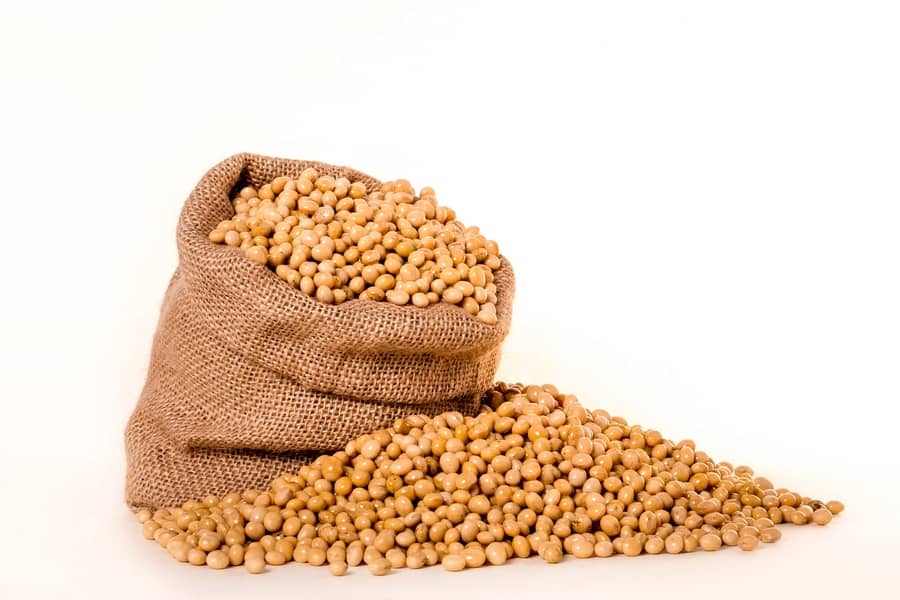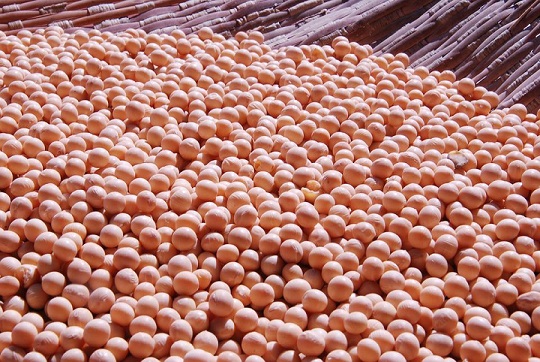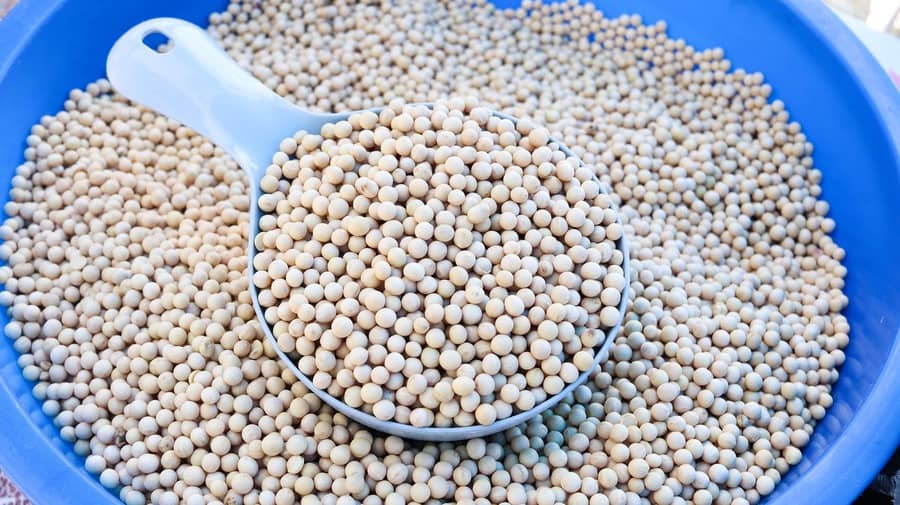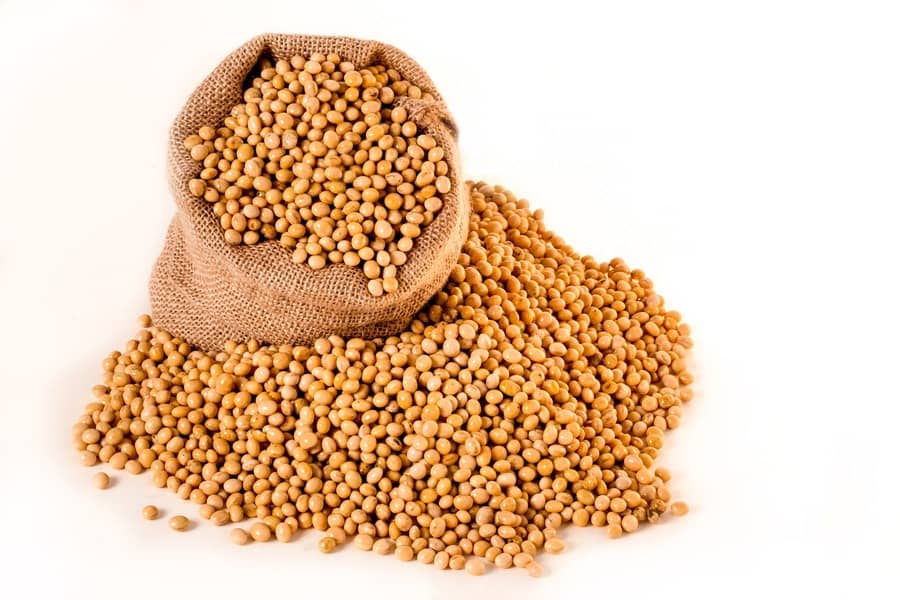Porto Alegre, February 19th, 2025 – Last week was marked by the release of the February report by the United States Department of Agriculture (USDA), bringing important updates to the agricultural market. In the case of soybeans, the figures were considered neutral, confirming the ample global supply, which continued to put pressure on prices on the Chicago Board of Trade (CBOT). USDA confirmed a cut in Argentina’s crop forecast, reflecting a challenging season with adverse weather conditions. This trend was reinforced by new local estimates, which also indicated downward corrections.
In Brazil, the National Supply Company (Conab) estimated production at 166 mln tons, which represents a historical record, although the number was considered conservative. In contrast, the most recent estimate by Safras & Mercado projects 174.9 mln tons, signaling an even more optimistic scenario for the Brazilian crop. In the US context, the USDA report indicated that the US soybean crop in the 2024/25 season should reach 4.366 bln bushels, equivalent to 118.82 mln tons, with yield projected at 50.7 bushels per acre.
These figures remain unchanged from the February projections. Final stocks were estimated at 380 mln bushels (or 10.34 mln tons), marginally below market expectations, which were betting on 382 mln bushels (10.39 mln tons). In the global scenario, USDA revised the global soybean crop for 2024/25 to 420.76 mln tons, reducing the previous estimate of 424.26 mln tons presented in January. For the current season (2023/24), the forecast remains at 394.97 mln tons.
Global ending stocks for 2024/25 were adjusted to 124.34 mln tons, falling below market expectations, which projected 128.5 mln tons. In January, the forecast was 128.4 mln tons. For the 2023/24 season, ending stocks are estimated at 112.5 mln tons. The report also maintained the projections for soybean production in Brazil at 153 mln tons for 2023/24 and 169 mln tons for 2024/25.
However, the market expected an upward adjustment in the Brazilian crop, with a projection close to 170 mln tons. For Argentina, production estimates for 2023/24 were maintained at 48.21 mln tons, while for 2024/25 there was a significant reduction, from 52 to 49 mln tons. This cut was below market expectations, which predicted 50.6 mln tons. The figures reinforce the ample global supply of soybeans but bring mixed signals about the balance between production and stocks.
In general, while Brazil consolidates its position as the top global producer, difficulties in Argentina remain a point of attention for the market, especially with the climate sensitivity that affects local production. In the US scenario, the stability in the projections demonstrates a momentary balance, but the market remains attentive to changes in final stocks, which may impact the dynamics of prices in the coming few weeks.
Safras News









